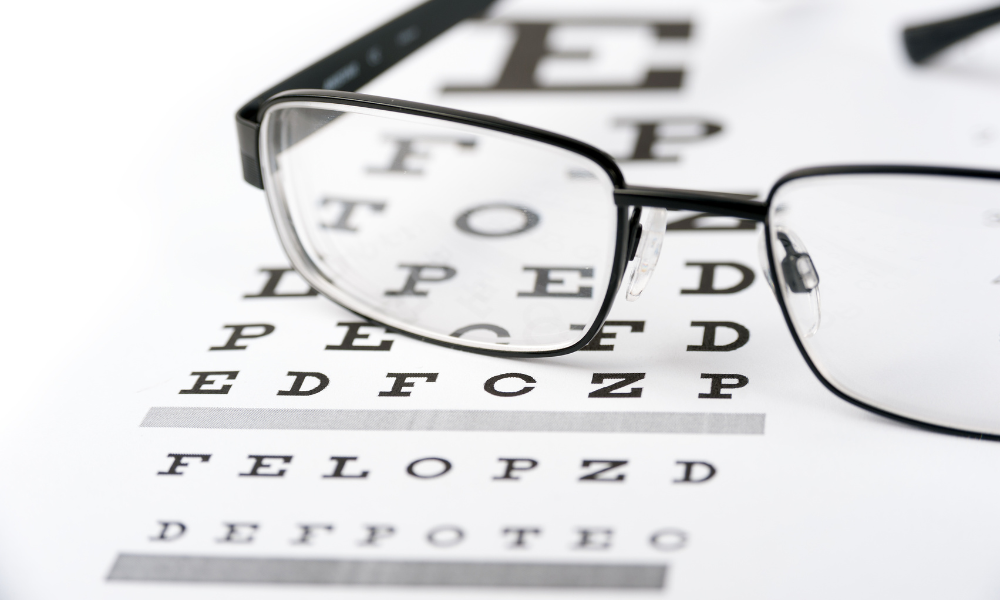Survey shows gaps in awareness of cataracts, screen time risks and access to modern eye care

As National Vision Health Month begins, the Canadian Ophthalmological Society (COS) is calling for increased awareness and improved access to vision care, citing major knowledge gaps in how Canadians manage their eye health.
A national survey commissioned by COS found that 97 percent of Canadians consider eye health essential to their overall well-being. However, only 50 percent feel informed about what supports eye health.
According to COS, 83 percent of Canadians say they prioritize their vision, but only around half are familiar with treatments for serious eye diseases.
For example, 53 percent know about treatment options, while 52 percent report awareness of conditions like cataracts, a leading cause of blindness.
The survey also found age-based disparities: 68 percent of those 55 and older said they understood the early signs and symptoms of cataracts, compared to only 41 percent of Canadians aged 18 to 34—even though cataracts can affect individuals at any age.
Mona Dagher, president of COS, stated that while Canadians largely recognize the importance of eye health, many are unaware of the diseases they may be at risk for and the symptoms to watch for.
She said, “These survey findings reinforce the need for better public education so people can take proactive steps, including regular eye exams, to protect their vision.”
The survey also highlighted other challenges:
Innovation and Access: While 92 percent support access to the latest advancements in eye care, only 75 percent believe they currently have that access. Comfort with AI-assisted diagnostics remains low at 52 percent.
Screen Time and Children: 82 percent of respondents expressed concern about how increased screen time is impacting children’s eye health, consistent with 2024 sentiment.
Environment and Vision: 38 percent reported that extreme weather negatively impacted their eye health in the past year.
Understanding of Ophthalmologists: Only 56 percent correctly identified ophthalmologists as medical doctors with surgical training. 17 percent were unsure of their role, and 28 percent misidentified it.
Despite general awareness, 56 percent of Canadians believe that eye health is not treated as seriously as other health concerns within the healthcare system.
COS said this highlights the need for further advocacy and policy action.
Nina Ahuja, chair of COS’s Council on Advocacy, highlighted the significance of pending legislation. “The passage of Bill C-284, the National Eye Care Strategy Act, is an important step forward,” she said.
She added that the findings strengthen COS’s commitment to improving vision health and ensuring all Canadians have access to proper eye care.
The discussion around vision care also includes benefit adequacy in the workplace.
Martin Spiro, president of the Canadian Association of Optometrists (CAO), explained that many vision care plans are outdated and based on models that no longer reflect the current standard of care.
“The current state of vision care plans is really based on an older model of eye care, which is currently not the actual reality,” said Spiro in a Benefits and Pension Monitor article.
He noted that a single eye exam every two years and a basic glasses allowance fall short of today’s needs. “The modern-day optometric exam is much more advanced.”
Spiro explained that many still view optometry as primarily about prescribing glasses or contacts, but optometrists play a broader role in preventive care.
He emphasized early detection, especially for children, and warned against assuming children only need exams when they complain.
Comprehensive eye exams today can reveal signs of systemic conditions such as diabetes, high blood pressure, and early-stage neurodegenerative disorders.
These insights often rely on tools like wide-field retinal imaging and OCT scans—technologies not always covered by current plans.
“As we get a little bit older, the incidence of eyes diseases tends to go up as well,” said Spiro, citing glaucoma, macular degeneration, and diabetic retinopathy.
These conditions may be asymptomatic in their early stages but can lead to irreversible vision loss if not caught in time.
Dry eye disease has also increased, attributed to high screen exposure in modern work environments. “The standard professional is probably using four or five different screens now,” he said.
While artificial tears offer temporary relief, chronic dry eye often requires deeper interventions such as LipiFlow or anti-inflammatory treatments, which are usually excluded from benefits coverage.
Spiro argued that “one exam every two years is not adequate enough to follow the disease and manage it.” He proposed more tailored benefit structures instead of flat increases to better meet patient needs while controlling costs.
Looking forward, Spiro expects vision care to become more integrated into broader healthcare reforms.
Optometrists are increasingly collaborating with other medical professionals, such as endocrinologists and emergency teams, when exams detect signs of systemic issues like stroke or diabetic complications.
“It’s time to modernize, it’s time for eye care to get into the 21st century,” said Spiro. “We’re still using plans that are from the 80s and 90s… The needs of the populations have changed and it’s time for vision care plans to modernize as well.”



